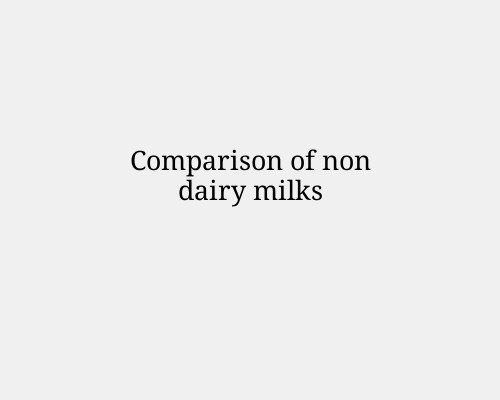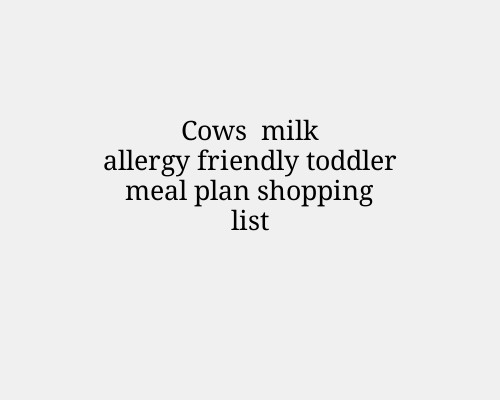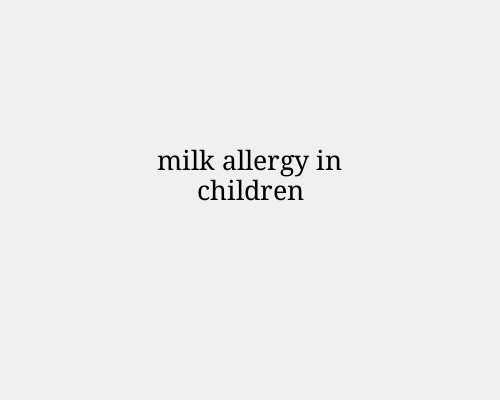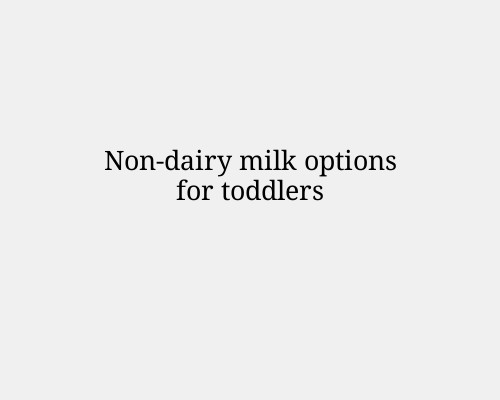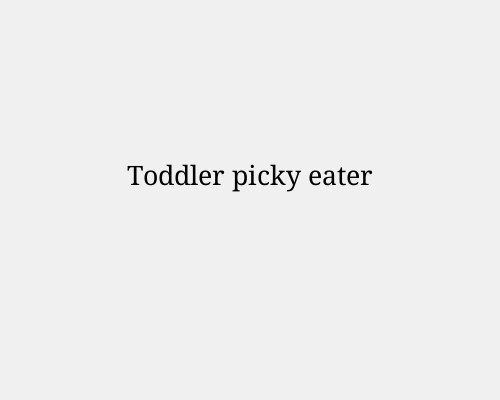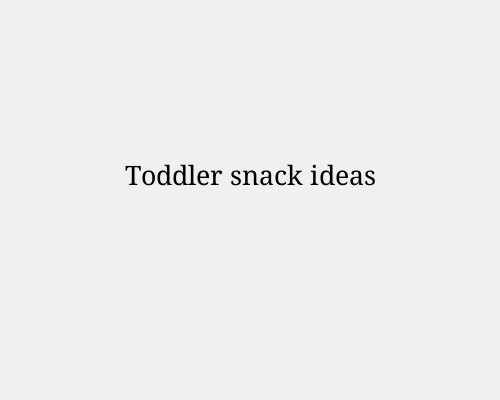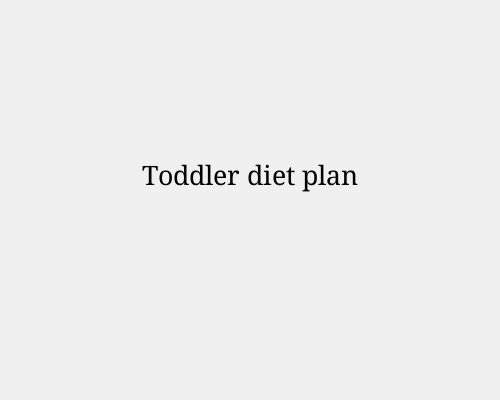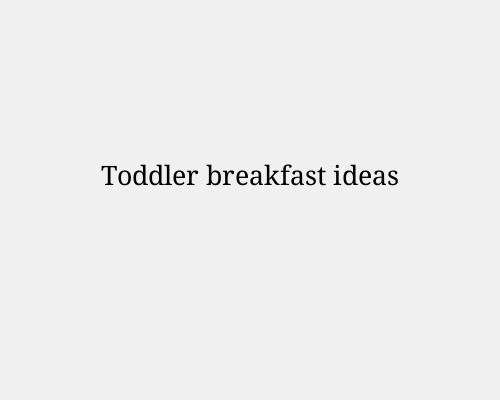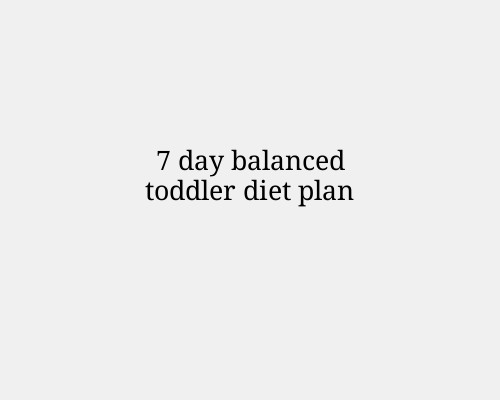
Here’s a 7-day balanced toddler diet plan that rotates foods for variety and covers all major nutrients.
Portions are toddler-sized and included snack ideas to avoid mid-day meltdowns.
Day Toddler Diet Plan (Ages 1–3)
Day 1
Breakfast – Scrambled egg, whole wheat toast fingers, orange slices Snack – Cucumber sticks & hummus
Lunch – Chicken & vegetable soup with soft bread Snack – Yoghurt with mashed berries
Dinner – Baked salmon, mashed sweet potato, steamed broccoli
Day 2
Breakfast – Oats with milk, grated apple, and cinnamon Snack – Cheese cubes & cherry tomatoes (halved)
Lunch – Mini whole wheat wrap with turkey, avocado, and lettuce Snack – Banana slices & peanut butter (thin spread)
Dinner – Beef mince with tomato sauce, small pasta shapes, peas
Day 3
Breakfast – Full-fat yoghurt with chopped strawberries & a sprinkle of oats Snack – Steamed carrot sticks & wholegrain crackers
Lunch – Lentil & vegetable curry with rice Snack – Watermelon cubes
Dinner – Grilled chicken strips, mashed potatoes, green beans
Day 4
Breakfast – Whole wheat pancakes with mashed banana Snack – Apple slices & almond butter (thin spread) Lunch – Tuna & sweetcorn pasta salad
Snack – Sliced pear
Dinner – Baked cod, couscous, roasted butternut
Day 5
Breakfast – Boiled egg, toast fingers, avocado slices Snack – Plain popcorn (no salt/butter) & blueberries
Lunch – Veggie omelette with spinach & tomato, served with bread Snack – Cottage cheese with pineapple pieces
Dinner – Turkey meatballs, mashed sweet potato, peas
Day 6
Breakfast – Porridge with pear puree & cinnamon Snack – Cucumber & red pepper sticks
Lunch – Chicken fried rice (with peas, carrots, egg) Snack – Full-fat yoghurt with mango
Dinner – Baked hake, mashed potatoes, steamed carrots
Day 7
Breakfast – Greek yoghurt with oats & blueberries Snack – Cheese sticks & apple slices
Lunch – Beef stew with soft vegetables & rice Snack – Mashed banana & wholegrain crackers
Dinner – Lentil shepherd’s pie with sweet potato topping, green beans
💡 Extra Tips for This Plan
Offer water throughout the day — avoid juice except for occasional diluted portions.
Keep pieces small & soft to avoid choking.
Switch protein sources (fish, meat, eggs, legumes) for balanced nutrition.
You can batch-cook dinners and freeze portions for easier weekdays.
